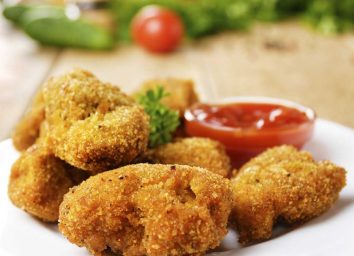Best and Worst Food Trends of the Last 60 Years
2016: The year a reality star ran for President, hearts broke when Brangelina officially called it quits, and an army of healthy dishes showed up on menus. But it hasn't always been that way.
Just a few short years ago, pizza was considered a vegetable and our minds were manipulated by big corporations assuring us that their icky processed foods were great choices. The fact that I was eating olestra-infused foods in the 90s still makes me sick to my stomach. Food industries played a huge role in deciding what was healthy for the American diet—despite how bad it actually was for you. A recent study even exposed the sugar industry's shady business when they paid scientists to blame fat for coronary heart disease (more on that later).
We've selected the best and worst food trend of each decade, allowing you to take a stroll down memory lane as we uncover the good, bad, and downright ugly moments of healthy eating throughout the years. Check 'em out and then make sure you brush up on these 40 Flat-Belly Truths You Must Know by 40 to undo some of your bad choices from your youth!
The 1950s

The era of baby boomers, television, and Elvis brought new innovations from the food industry, forever changing the way we ate food.
Best: Supermarkets

With more families moving to the suburbs, supermarkets followed; in fact, 33,000 shopping centers opened by the 1960s. During the 50's, supermarkets added delis, bakeries, and meat counters, making food shopping a whole lot easier. Market retailers were also figuring out ways to keep their customers loyal to them, creating tactics entice them buy more—which is why we've uncovered The 46 Best Supermarket Shopping Tips Ever.
Worst: Fast Food Restaurants
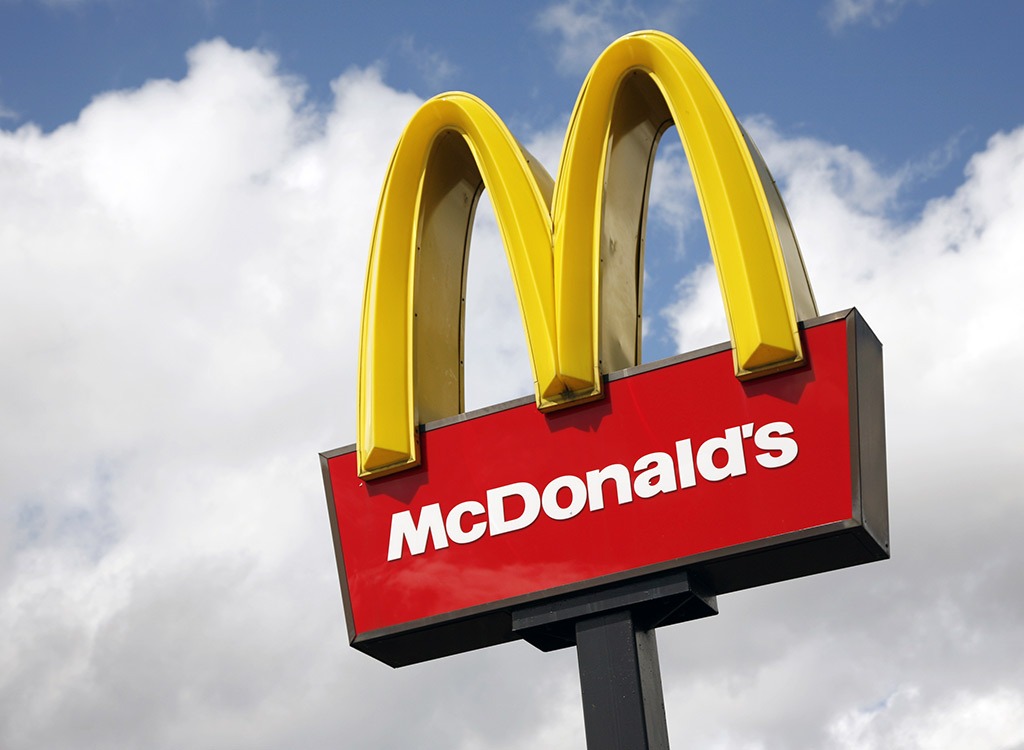
Chain restaurants iHop and Dennys began to sprout across the country and fast food joints followed shortly. The McDonald brothers created their iconic "speedee system" that would change the game in the fast food industry by training customers to do one job for minimum wage so they could sell the food for cheap. And people loved the idea. Soon after, the hamburger and French fries combo became the quintessential American food—thus beginning a never-ending spiral of obesity and health-related issues that would affect Americans to this day. Trust us, we could go on for hours about the negative effects, but we'll spare you and just share these 20 Things You Didn't Know About Fast Food.
The 1960s

The decade of free love, the Beatles, and a controversial war offered opposing viewpoints to how we consumed food.
Best: Health Food

Hippies knew right away that the processed food being promoted in supermarkets were bad news. And since they were against conformity, hippies relied on fresh produce that they grew themselves. Some also became vegetarians because they believed that eating meat was impure. And they weren't wrong; recent studies has shown that veganism may be the best diet for weight loss.
Worst: Microwave Dinners
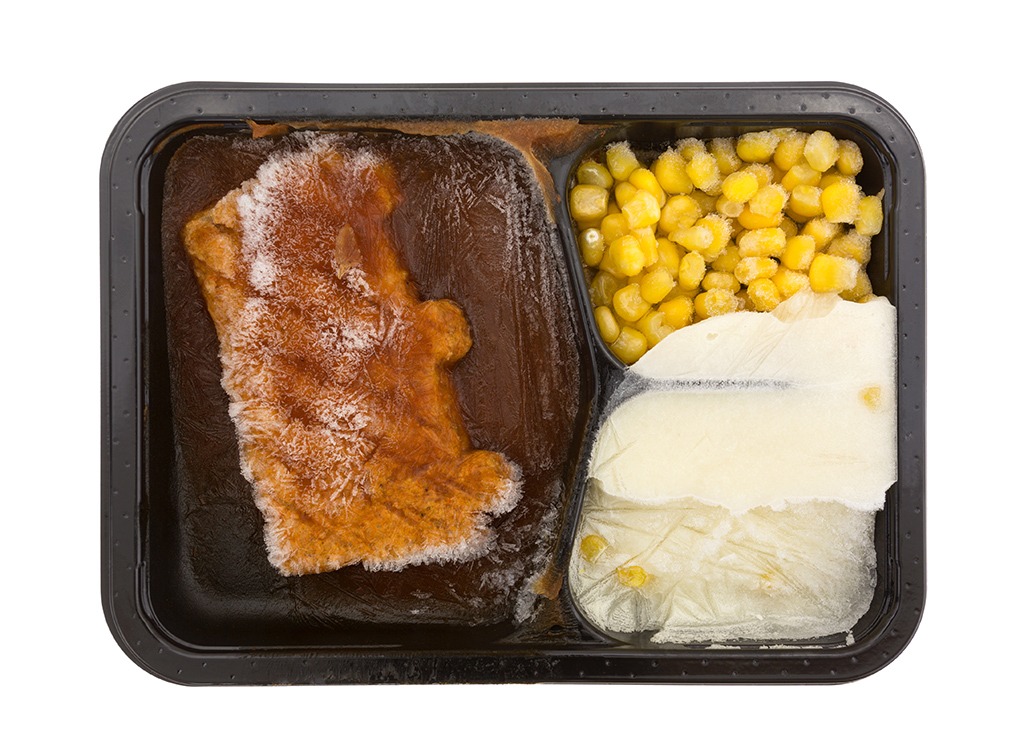
TV dinners were a cheap and convenient way for people to eat "a balanced meal" when they were too busy to cook. The first TV dinner was created by Swanson after observing how Pan American Airways packaged their foods in aluminum trays. While these dinners disguised themselves as being tasty and healthy with their meat and veggie sides, they soon proved to be anything but. These meals were and usually still are loaded with additives, sugar, and salt; a 2015 study proved the link between ready-made meals and obesity. Avoid these 67 Worst Frozen Foods in America, okay?
1970s

Platform shoes, dancing at the disco, and the Watergate scandal may have defined the 70s—but this decade was also known for its eclectic food scene. Fondue anyone?
Best: Vegetables
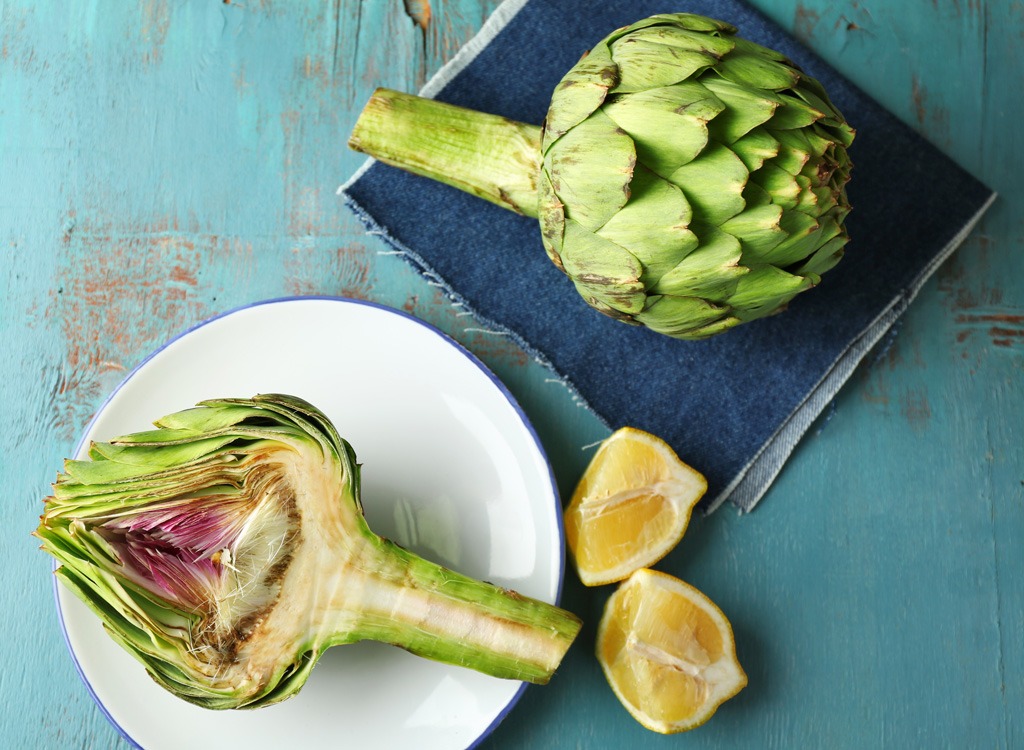
Vegetables took the spotlight in the 70s after Alice Waters' Chez Panisse opened in California, a restaurant famous for using organic ingredients. Soon, people began seeing entrees like stuffed artichokes and DIY salad bars in restaurants. People were also adding health foods like granola and wheat germ onto their shopping lists. These were positive changes to the American diet, but many people still thought health food as bland.
Worst: The Rise of Low-Fat Foods, Sweeteners, and Everything Artificial
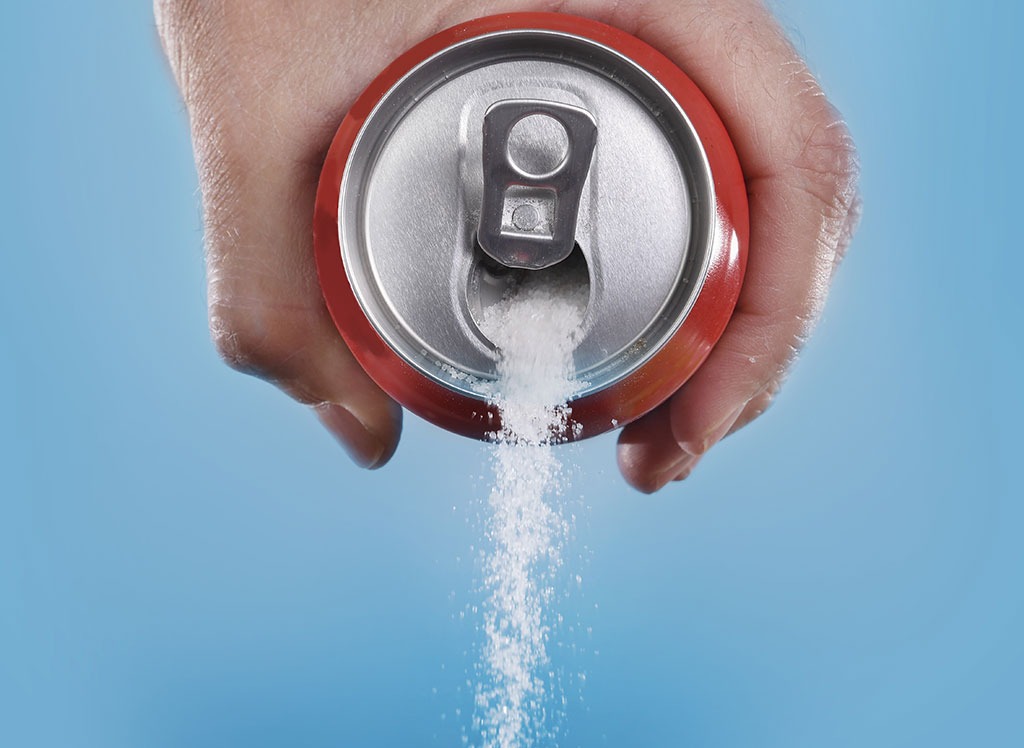
In the 1970s, fat became the enemy. Several studies began pointing fingers at fat for being the primal cause of coronary heart disease. The "low-fat" craze began and food products marked "diet" and "fat-free" flooded the supermarket shelves. However, as foods began lowering their fat content, they were also pouring in the sugar and introducing artificial sweeteners to help foods maintain their tasty flavor. A recent research published in JAMA Internal Medicine made a bombshell discovery about why America was so obsessed with low-fat stuff: It turns out the sugar industry played a huge role in shaping the American diet, basically paying off scientists to push the blame on fat. Talk about shady business.
1980s

Nintendo, neon fashion, and music with synthesizers, the 1980s continued to be a decade filled with fatty foods.
Best: Salt Reduction
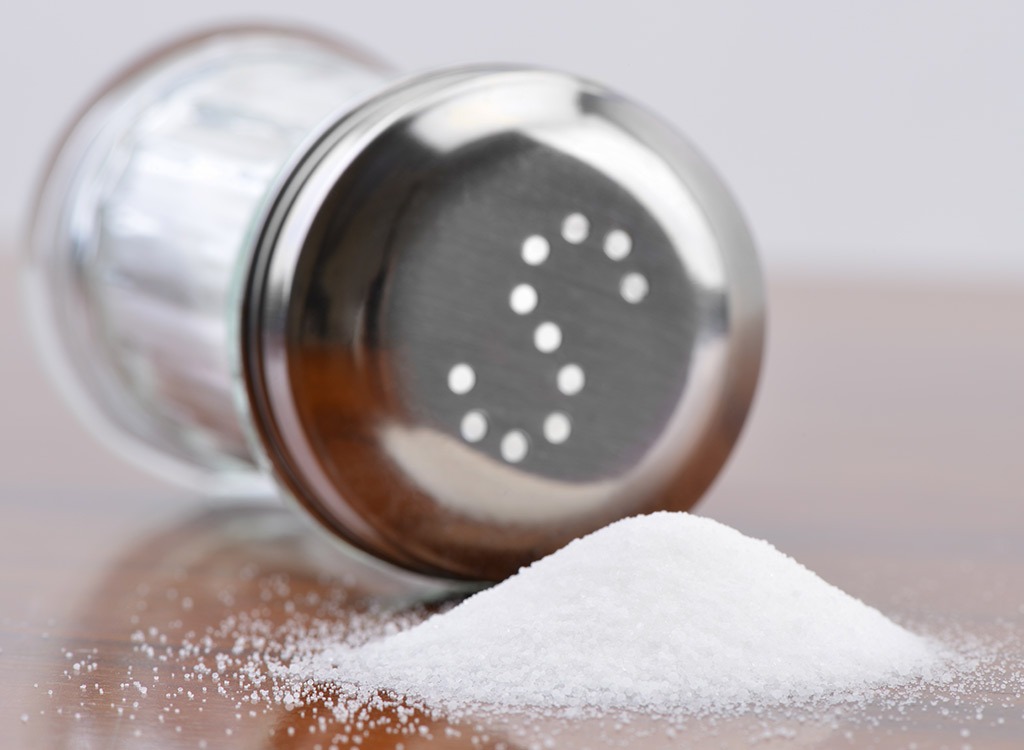
A Surgeon General report in 1979 saw salt as the clear culprit to high blood pressure and the U.S. responded by focusing on lowering their sodium intake. Food brands complied and began introducing low-sodium versions of popular foods. Today, cutting down salt is still an issue with our diets, unfortunately. Case in point: The 10 Saltiest Foods in America that still exist.
Worst: Using Milk as a Way to Make Food Healthy
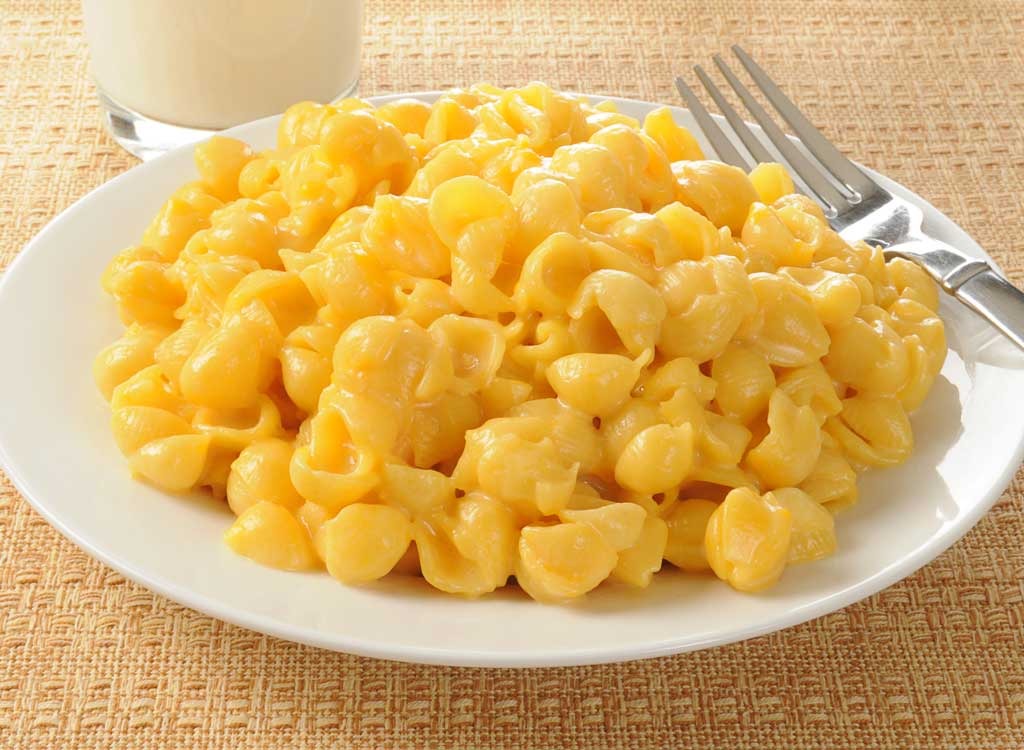
"Milk. It does the body good." Milk was the trendy food of the 80s after marketers promoted the dairy beverage as the ultimate health food. And yes, milk is a good source of protein and calcium. But the real issue wasn't the over-exaggerated milk benefits; it was that food brands began to market their milk-infused products as "healthy" and a "great source of calcium." Kraft macaroni, Jell-O pudding pops, and many more items essentially tricked moms everywhere into thinking they were somehow doing right by their family—when really it was just a bunch of processed junk that had a dash of milk.
The 1990s

Lots of great things happened in the 90s. The World Wide Web went mainstream and a little TV show called Friends aired on television…but at the same time, some of the scariest processed foods started to hit supermarket shelves.
Best: Ethnic Foods
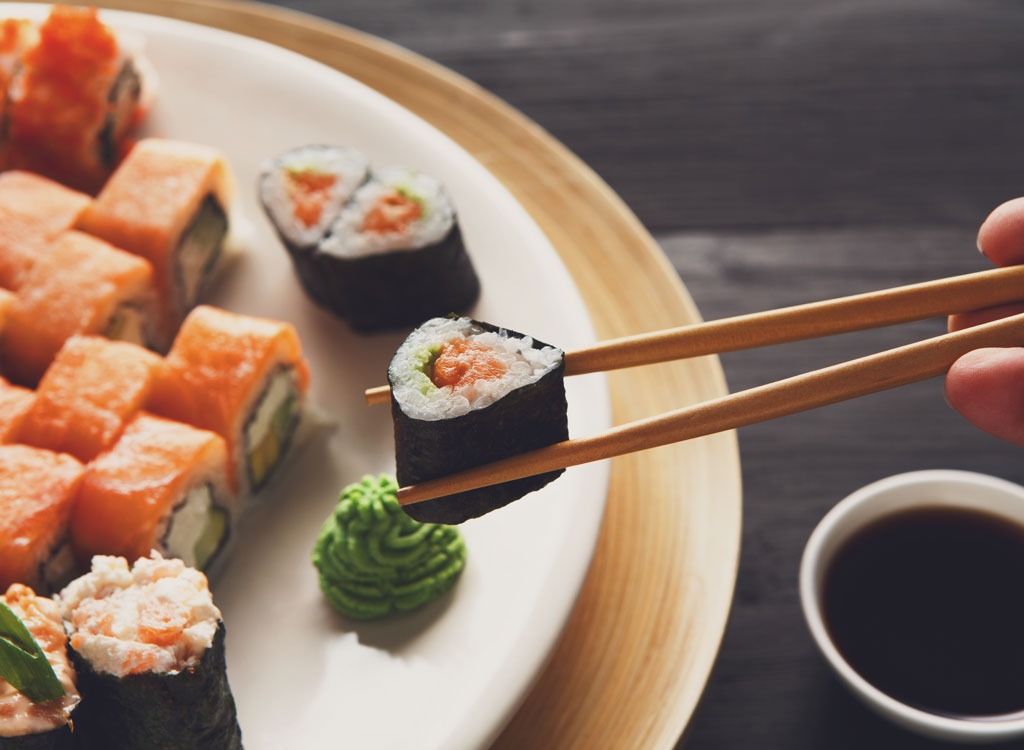
The 1990s was the first real decade that started to do right by the foodies. Takeout options expanded from pizza and Chinese food to Mexican, Thai, and sushi—which we were arguably the most excited about. Studies found that fish is high in omega-3s fatty acids, making it great for strengthening your hair, boosting brain power, and life expectancy. Of course, not all sushi is created equal, which is why we rounded up the best and worst sushi rolls for weight loss.
Worst: Olestra and the Food Pyramid
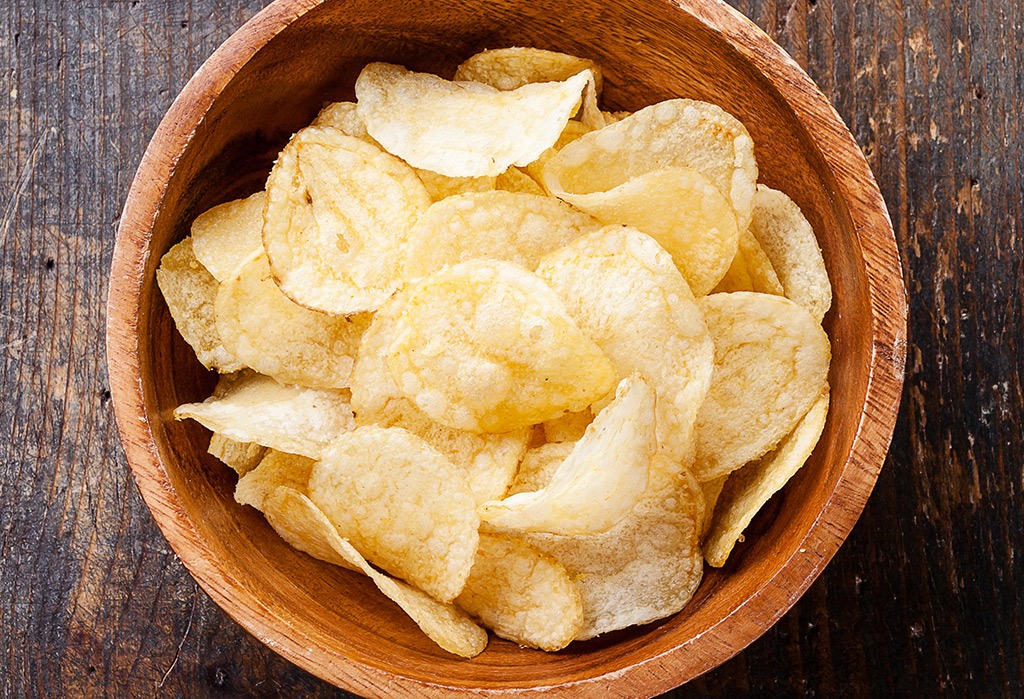
In 1996, the FDA approved Olestra, a chemical that replaced the use of vegetable oil and butter and disguised your junk food as low-calorie, low-fat, and low-cholesterol. However, there was a catch; olestra contained side effects like loose bowels, gas, and cramps. (There were even warning labels on these food packages.) Another flaw in our 90s food diet? The food pyramid. Introduced in 1992 by the USDA, the food pyramid illustrated the exact amount of food you should be eating, including more servings of carbs than fruits and vegetables. Yes, some carbs do have a place in your diet, but the pyramid didn't specify which type of carbs to eat. Also, the USDA heavily subsidized the corn and wheat industries, which could be why they got such a big chunk in the pyramid. Food marketers, especially those in the cereal business, soon began advertising their sugary products as "part of a complete breakfast." Twenty years later, many Americans still don't know better; get a clue with these 20 Worst "Good for You" Cereals!
2000s

While the new millennium brought a recession and the rise the Kardashians, there were some positive changes happening in our diets.
Best: Superfoods
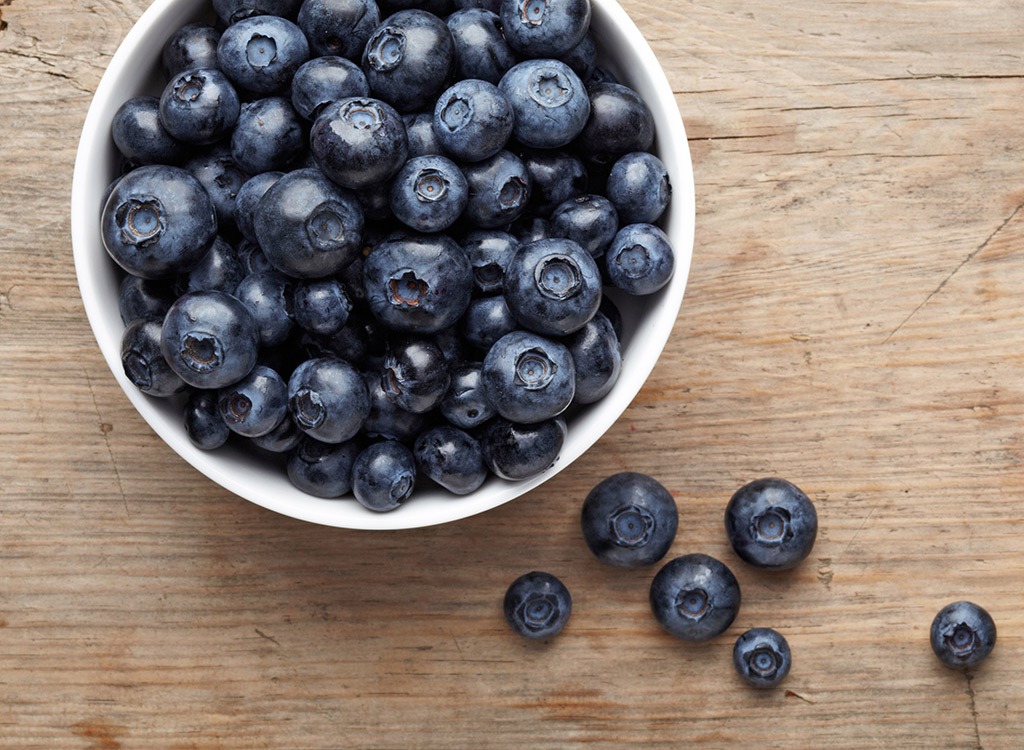
In the 2000s, "superfood" was the new buzzword in the food industry. The term was developed by a marketer to promote blueberries, probably also marking the first time a food lived up to a name. (Those little blue bullets are pretty amazing!) Soon, foods like quinoa, dark chocolate, and chia seeds were dubbed with a superfood status, and there was actually science to back it up. Take a look at The 40 Best-Ever Weight-Loss Superfoods so you know what to fill your grocery cart with!
Worst: Carb-Free Diets
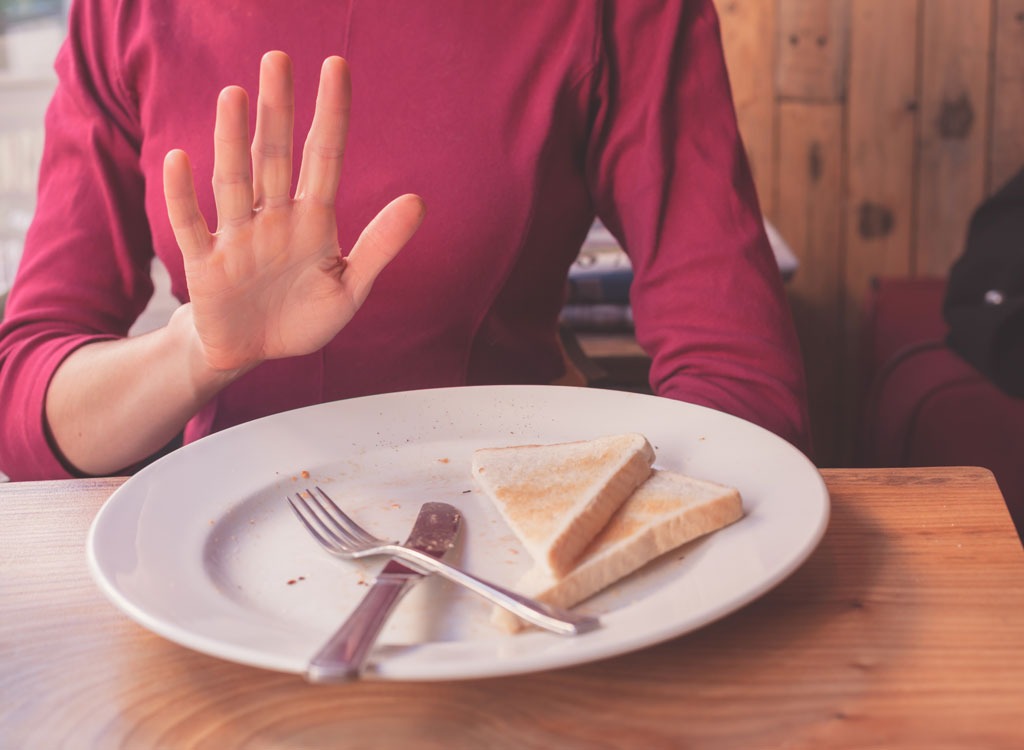
In the 2000s, low-carb diets ruled the healthy eating world, but people took it way too literally. They started to fear carbs like they feared fat. Instead of simply scaling back on processed white bread, people were giving up carbs altogether, which means they were lacking some serious nutrients. The truth is not all carbs are created equal. Several studies agree that complex carbs like whole grains and vegetables are essential for weight loss and energy. Scroll through these 50 Questions About Carbs—Answered in 5 Words or Less! to get up to date, fast!
2010s
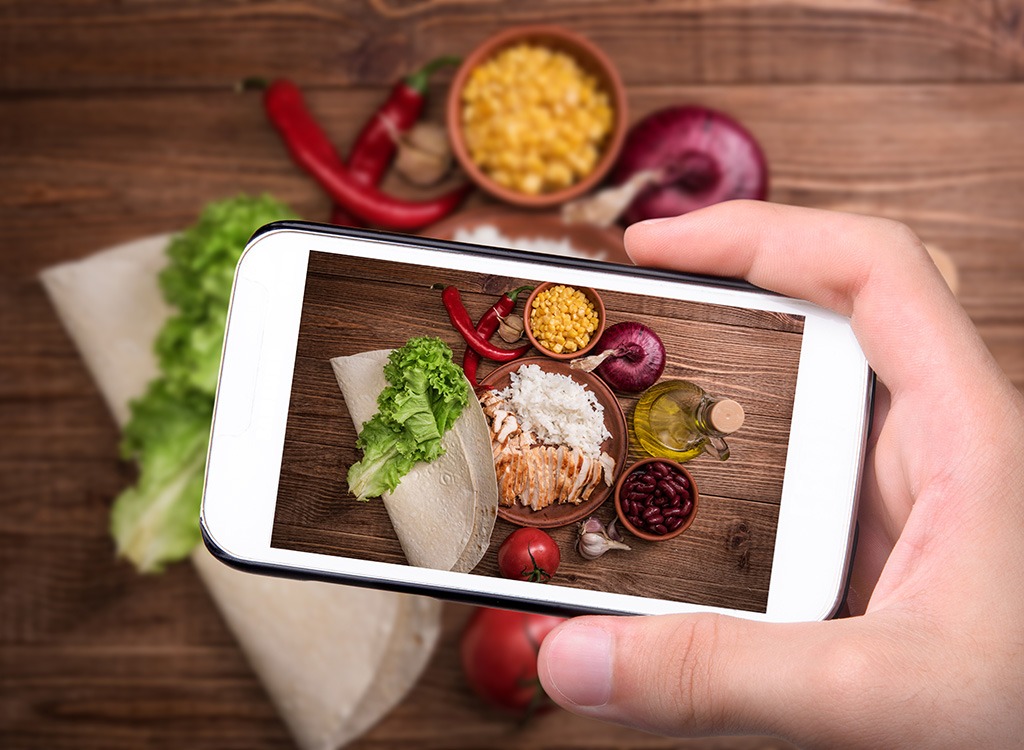
Healthy is officially cool, thanks to #foodporn pics taking over social media, Michelle Obama's Let's Move campaign, and millennials and Gen Z being armed with way more food knowledge than ever before.
Best: Healthy, Organic, Non-GMO Foods
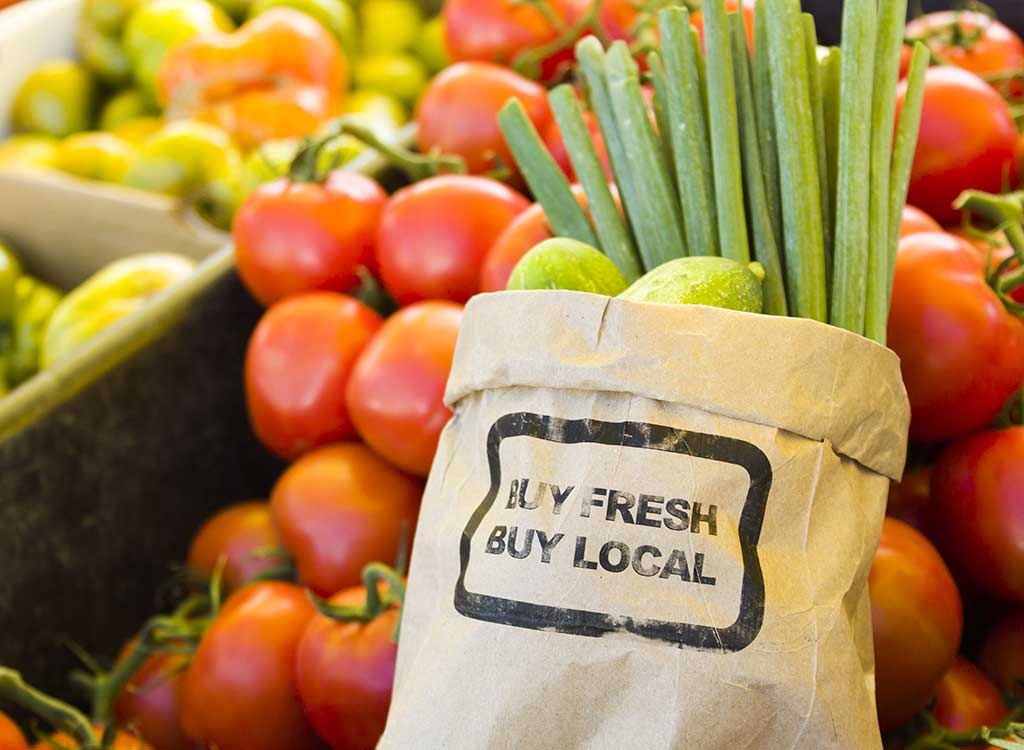
If there was one food that could define the 10s so far, it would be kale. Yes, after years of fast food sabotaging our diets, consumers finally started to realize that there were negative consequences to all those processed foods. Michelle Obama's Let's Move campaign encouraged kids and adults to eat healthier, regulated companies to limit their marketing tactics to kids, and required restaurants to be more transparent about their nutrition. Food manufacturers were also responding to consumer's desire for whole foods by getting rid of additives and swapping their products for better ingredients. Step into a supermarket and you'll see products stating they're non-GMO, fair trade, and more.
Worst: Juice Cleanses
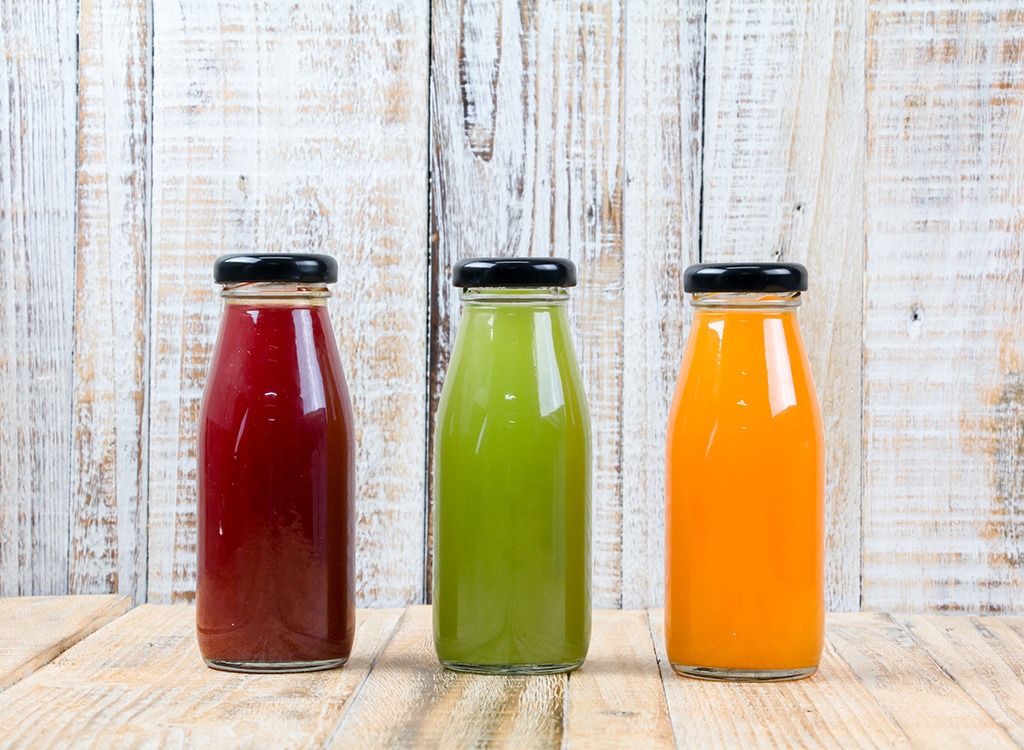
There's a good chance you know at least one person who has done a juice cleanse. The 2010 food documentary Fat Sick and Nearly Dead popularized cleansing after the film's protagonist saw success with drinking juice for 60 days. Soon, celebs like Beyoncé and Gwyneth Paltrow were swearing by juicing's health and weight loss benefits. However, experts aren't buying the idea that your body needs extra help detoxing with juice—and they're right. When you do a cleanse like this, you usually deprive yourself of vital nutrients like protein and fat (which are essential for your body). Plus, any cleanse longer than three days could leave you tired and overeating when it's done. Juice cleanses are a pricey health fad that is our least favorite new food trend of the 10s. If you don't believe us , read up on the 27 Things a Juice Cleanse Does to Your Body to get the facts.
